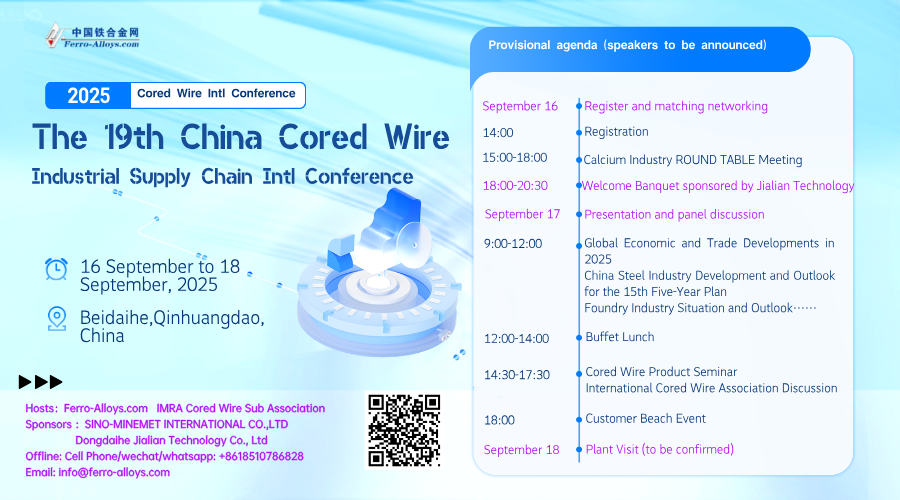Australian iron ore producer BHP sees the electric smelting furnace (ESF) route of steel production as a potential way to address the high-grade iron ore supply constraints that conventional electrical arc furnaces (EAFs) face. This will also provide a means for blast furnace (BF) producers to continue producing the same range of steel grades in their existing downstream facilities.
The ESF process involves electrical generation of intense heat around electrodes that are lowered through the roof of the furnace, to convert solid direct reduced iron (DRI) into molten iron. The technology is established for some other metals but is yet to be adapted to steel production. The BF route accounts for 70pc of global steel output, while the EAF route mostly uses scrap to produce the bulk of the remaining 30pc.
Converting iron ore into DRI is an attractive option for decarbonisation of steel production, as the process can use hydrogen instead of carbon to turn the iron ore into iron prior to melting.
European DRI capacity is expected to rise to around 40mn t/yr in Europe from under 1mn t/yr at present as the steel sector looks to curb emissions.
While EAFs and ESFs rely on electricity for melting DRI, the latter has the flexibility to use lower grades of DRI that have been metallised to a degree of around 80-85pc. This compares with EAF requirements to use very pure DRI that has been metallised to over 90pc.
The high-grade DRI feedstock requirements are primarily because of the nature of EAF operations rather than the DRI plant operations. Iron losses become too high in the EAF at higher impurity levels and lower levels of metallisation, although this is not the case in an ESF operation. The ESF also provides more flexibility in terms of the shape of DRI it can use, including DRI from iron ore fines, which is the most abundant form of iron ore in Western Australia's Pilbara and globally.
With only 3pc of global seaborne iron ore supplies being suitable for making EAF-grade DRI, the scarcity of high-grade iron ore is a fundamental challenge to DRI capacity expansion plans that BHP is seeking to alleviate.
Hot metal quality
The other value that DRI-ESF provides is in producing molten iron that can be fed into a basic oxygen furnace for refining, with a composition similar to the output from a BF. This is critical as it allows full integration into existing downstream refining, casting and steel finishing infrastructure of mills. This saves capital, reduces operating risk and preserves downstream logistics to customers, according to BHP.
The DRI-EAF route of steel production has difficulty producing high-quality steel such as those used in the auto sector. This limitation also curbs the move away from the BF route of steel production that typically produces higher carbon emissions than the EAF route but also higher grades of steel.
The slag that the ESF produces is suitable as a cement substitute and does not need disposal. Displacing emissions-intensive cement production is likely to save 150-200kg of carbon dioxide per tonne of hot metal produced by the ESF, according to BHP estimates. Slag is a by-product of the furnaces used in steel production but EAF slag is not as suitable for cement substitution and is usually disposed of.
BHP's trialling of the DRI-ESF technology is a possible way of reducing scope 3 emissions from its supply chain.
argusmedia
Copyright © 2013 Ferro-Alloys.Com. All Rights Reserved. Without permission, any unit and individual shall not copy or reprint!
- [Editor:kangmingfei]



 Save
Save Print
Print Daily News
Daily News Research
Research Magazine
Magazine Company Database
Company Database Customized Database
Customized Database Conferences
Conferences Advertisement
Advertisement Trade
Trade


 Online inquiry
Online inquiry Contact
Contact

Tell Us What You Think